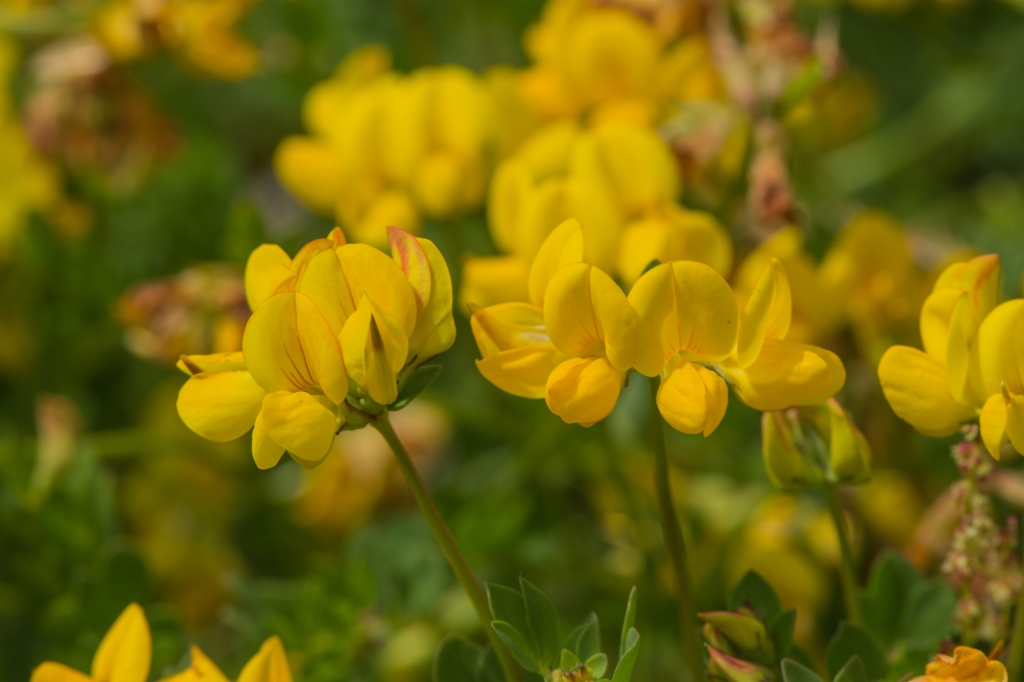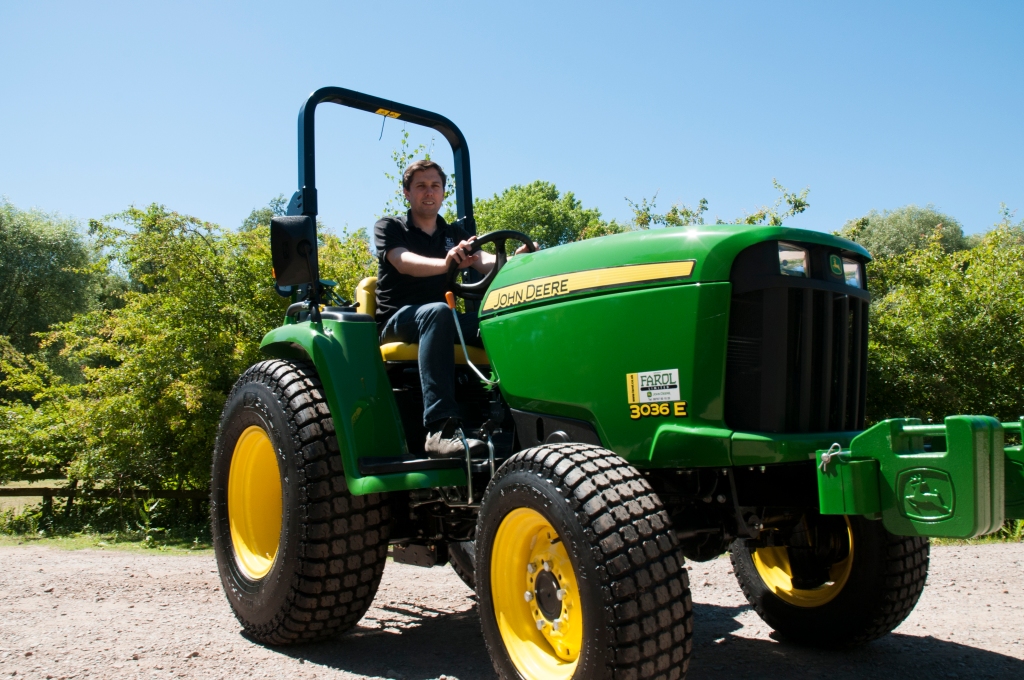Hay cutting is a vital part of our grassland management. As the season approaches for our late summer hay cut, Reserves and Community Engagement Manager Karl explains how it works and the importance of grassland reserves.
Almost all of our reserves feature grassland in some form or another, whether it’s an extensive and species rich meadow such as Draycote Meadows SSSI or a small patch of grassland amongst the scrub (grassland that has been left, therefore allowing plants such as hawthorn to dominate – excellent habitat in small quantities) at Newbold Quarry, it’s all vitally important.

Grasslands provide food for pollinators, refuge for ground nesting birds and insects and hunting grounds for birds of prey and support a wide array of native wildflower species.
Species rich wildflower meadows have disappeared by over 97% over the last few decades through loss to agricultural improvement or mismanagement. It is vital that we protect and properly manage what remains of our grasslands.
Successful management of these traditional wildflower meadows is achieved by cutting and removing the hay in late summer. This removes nutrients that would normally go back into the soil if the grasses were allowed to rot down naturally during the winter months. Wildflower meadows require soil that is low in nutrients, because if the soil is nutrient rich then the more dominant flower and grass species will be able to take over. The hay cut also avoids ‘thatching’ which is when dead material smothers fragile species. If you maintain a meadow by taking a hay cut dominant species are unable to get a foothold, therefore allowing less hardy, rarer species of grasses and flowers to thrive.

The Trust manages its grasslands in a number of ways depending on size of the site, terrain and access. Many of our larger sites are managed by contracting out the hay cut and grazing to local farmers. This enables us to fulfil our grassland management obligations.

A later summer hay cut followed by aftermath grazing with a low density of livestock is ideal.
This late cut allows seeds to ripen and drop and the livestock, usually heritage cattle, push or “poach” in the seed with their hooves. They also control any regrowth and help with seed dispersal and are particularly important for plant species whose seed need to go through the gut of an animal to become viable.

We prefer cattle to sheep – they are often hardier and rip at the grass rather than nibble evenly leaving a “tussocky” grassland which benefits insects. We also have to balance our requirements with that of the farmer. As hay gets older it is less nutritious for livestock and lower level grazing impacts on productivity. As a result, we occasionally have to compromise to achieve the results that we want. In addition to this, tighter restrictions around livestock movements and TB testing means it can be a costly business for livestock owners. However, the biggest challenge is finding a farmer with half a dozen cattle in the right areas of the county.
For our smaller nature reserves or the areas that are inaccessible we rely on cutting the grass manually using small mowers or brushcutters. Volunteers then rake up the cut hay which is composted on site in areas where it will have least impact. Poor site access, slopes, ditches and ant hills prevent us from using larger machinery.

This year the Trust has purchased a compact tractor which will enable staff and volunteers to become more efficient at cutting and taking hay on these smaller sites, which is a welcome relief to our volunteers too who will see a significant reduction in the amount of hay raking needed each summer.

The compact tractor will allow the Trust to be more responsive and manage sites more effectively rather than being limited by lack of resources, time or the demands of contractors. So whilst making hay will become easier in the future, to ensure we manage our reserves to preserve our rich grassland, all we need is plenty of sunshine!
Karl
This post originally featured in the Warwickshire Wildlife Trust summer members’ magazine.
If you are interested in reserve management and how you can help, please visit our website to find out more.

